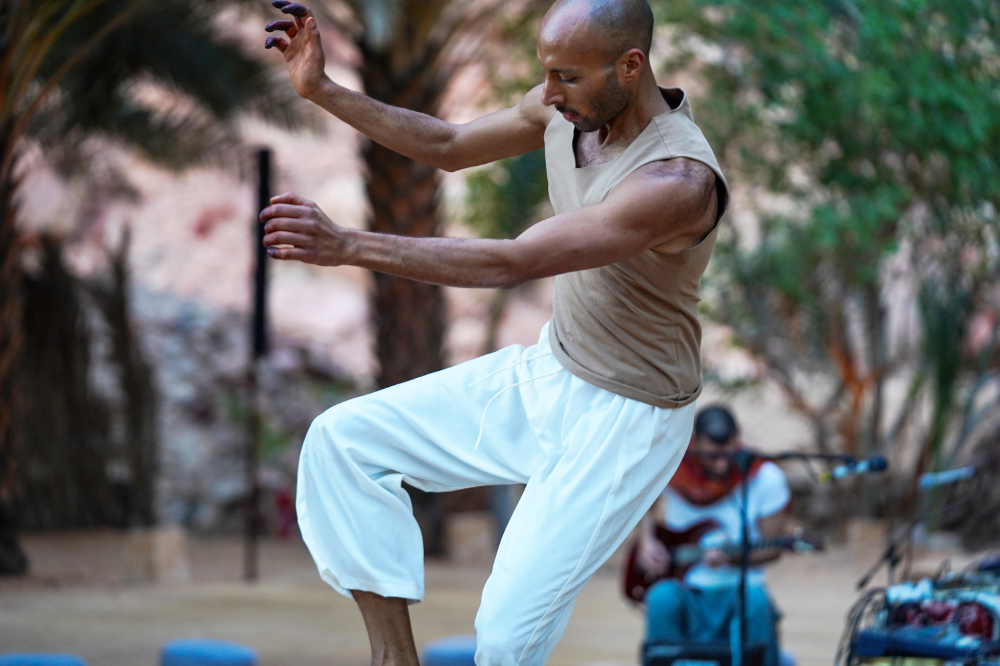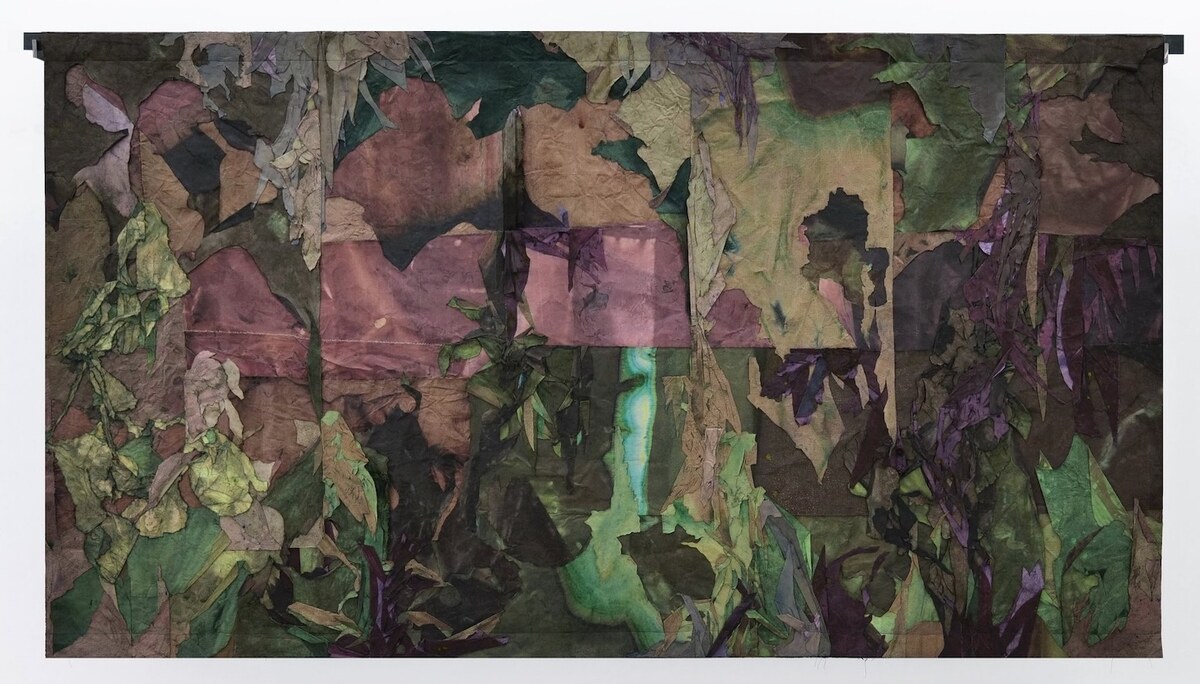DUBAI: Qatar’s Fashion Trust Arabia Awards have become something of a powering force in the regional fashion scene, with winning designers often looking back on the grant as the catalyst that shifted their careers up a gear. That is something that this year’s finalists are hoping for, including Palestinian Jordanian designer Sylwia Nazzal, whose story so far is one of overcoming hurdles.
The 23-year-old Parsons Paris graduate is a finalist for the Franca Sozzani Debut Talent Award, alongside Iraqi Mahmood Al-Safi and Lebanese Mira Maktabi.
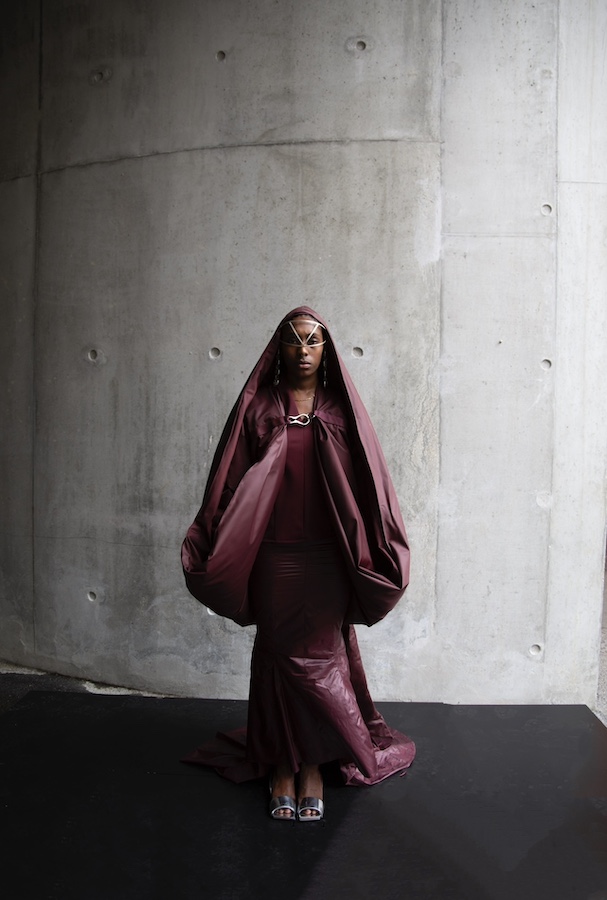
Look 1. (Supplied)
She may be a fashion scene fledgling, but Nazzal has the sort of confident resilience that would impress even the most steely industry mogul, having faced what she says was heavy pushback over her politically inspired final project, “What Should Have Been Home.”
The collection is a statement on Palestinian strength, according to the designer, who was inspired by archival images of the harsh treatment of children and adults by Israeli armed forces.
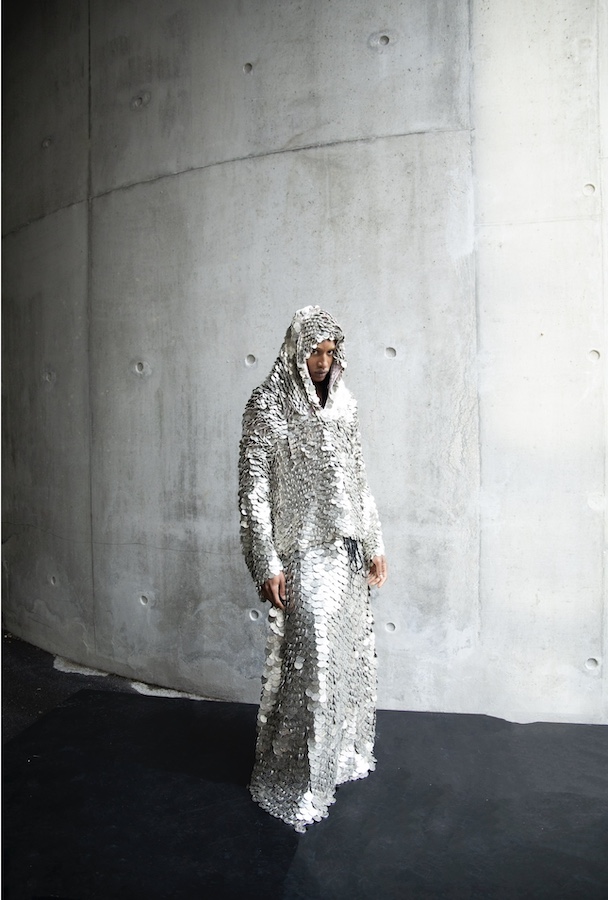
Look 2. (Supplied)
“When I was coming up with the name, it came to me because I was sitting with a group of people and they were talking to me about how they want to do their thesis about their home … I’m like, ‘mine is what should have been,’” she said.
Nazzal said she had faced a lack of interest from potential job prospects as well as European fashion awards due to the collection.
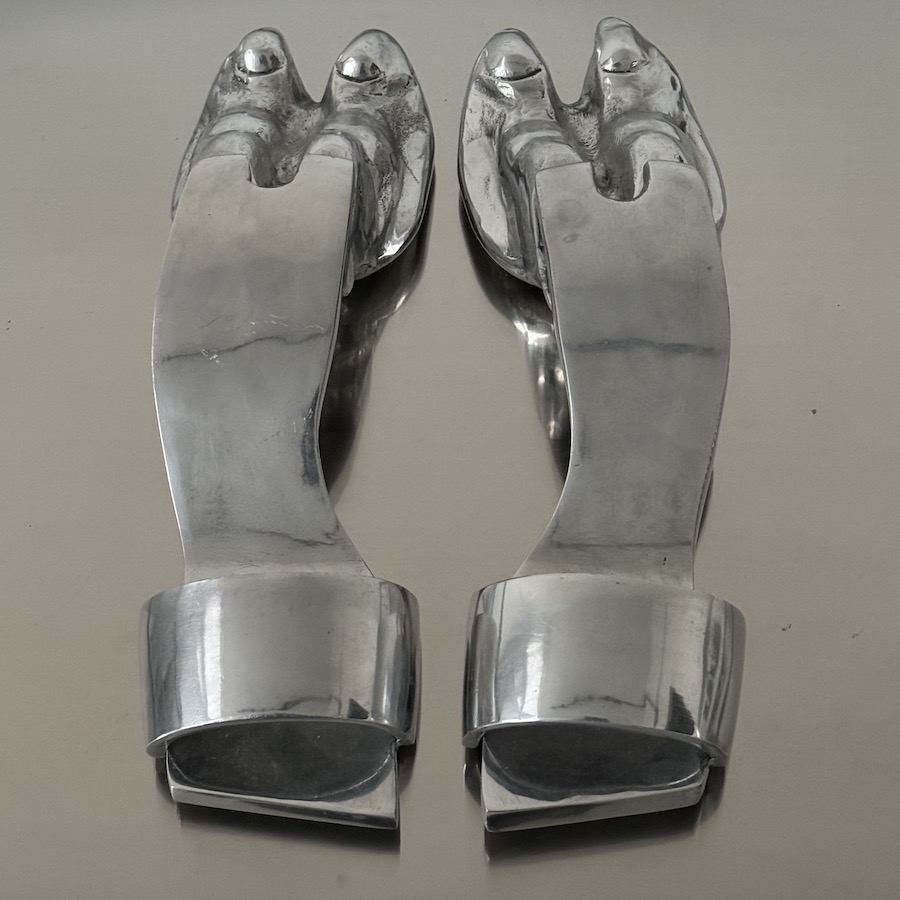
Sylwia Nazzal. (Supplied)
“When you open my portfolio, the first thing is my thesis collection, which is called ‘What Should Be Home’ about Palestinian resistance against oppression and then you see the imagery of children being arrested by soldiers. I think immediately people closed the portfolio and sent it back,” she said.
But then she chanced upon Fashion Trust Arabia and its yearly award, the next edition of which will be held in Marrakesh, Morocco in October.
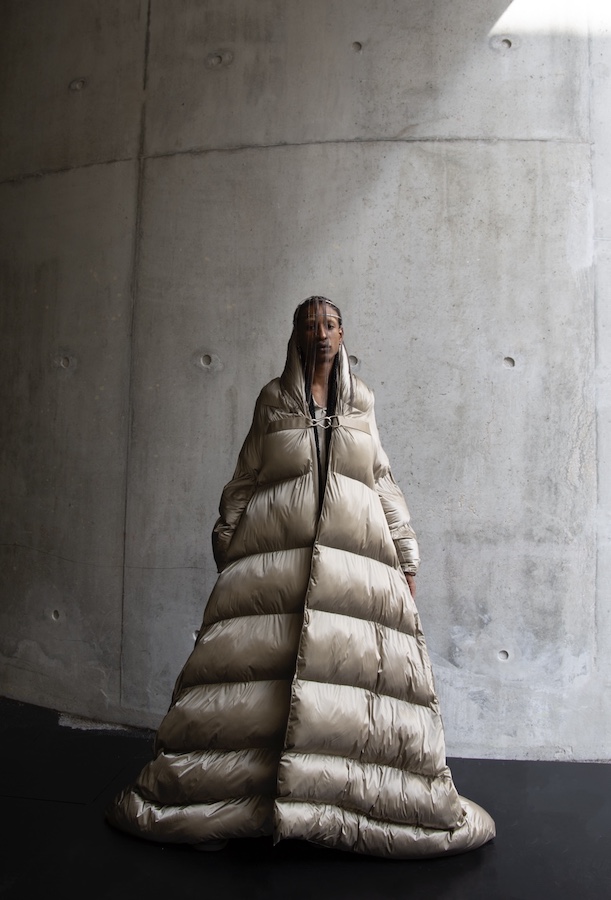
Look 3. (Supplied)
The FTA 2024 Advisory Board selected 18 finalists from applications submitted by emerging talent from across the MENA region, who are competing for six awards: The Ready-to-Wear Award, the Eveningwear Award, the Jewelry Award, the Accessories Award, the Fashion Tech Award and the Franca Sozzani Debut Talent Award.
The board included the likes of British celebrity-loved designer Erdem Moralıoglu, jewelry designer Gaia Repossi and US designer Kelly Wearstler.
The winners will receive a financial grant of $100,000 to $200,000, depending on the size of their business, with $50,000 for the Franca Sozzani Debut Talent Award. Various mentoring and retail opportunities are also available, dependent on the award category.

Sylwia Nazzal's design process. (Supplied)
Nazzal is under consideration for a collection that plays heavily on form and fabric, with textiles chosen for the largely monochromatic collection reflecting the concepts of endurance and resilience, with heavy use of nylon across the pieces.
Meanwhile, silhouettes echo the traditional khimar dress, to recall Islamic attire and traditions. The shapes and materials offer a sense of “otherworldliness,” according to the designer, because: “I’m Palestinian, I’ve only been to Palestine once … I have friends who’ve never been to Palestine but are super-connected to Palestine … some might say it doesn’t exist or it partially exists or it’s no longer Palestine, and yet we all still claim it and so it kind of creates this other world, other universe of where Palestine exists, as it does in the physical, but also in a spiritual sense.”

Sylwia Nazzal's design process. (Supplied)
When it comes to choosing one piece that sums up her collection, Nazzal deliberated before opting for a dress made from 10,000 Palestinian coins.
“I worked with Palestinian refugee women here in Jordan to hand stitch it and it was a lot of effort. That is actually what embodies the collection … (because) there’s this weight, this reflectiveness, this sense of armor, as a spiritual armor … protecting the entity of Palestine.”









